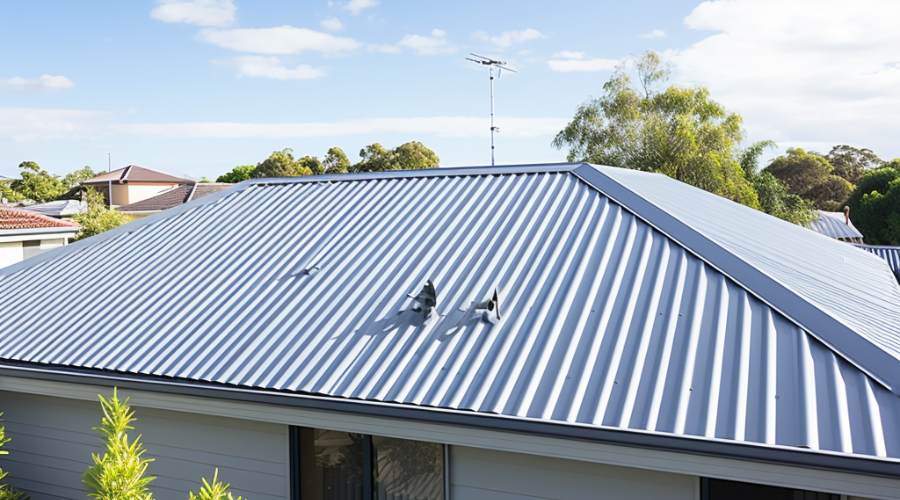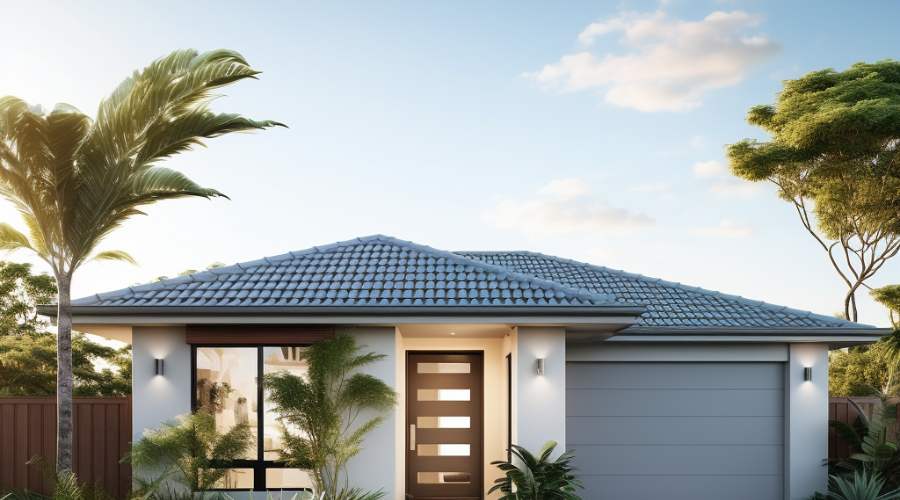Roof Restoration vs Replacement
What’s Best for Your Home?
Is your roof looking worn and tattered? Are you wondering whether to restore or replace it? Many homeowners face this problem.
Roof restoration and replacement are very different. Each has pros and cons. So how do you know what’s best for your home and budget?
Here we’ll compare the two. We’ll look at the costs, durability, coating, appearance, and maintenance of each. By the end, you’ll know if restoration or replacement is smarter for your roof.
What is Roof Restoration?
It repairs and improves the existing roof instead of totally replacing it. It involves:
- Cleaning the roof
- Fixing damaged areas
- Applying protective coatings
The goal is to extend the roof’s life and avoid replacement as long as possible. Restorations typically cost 50-75% less than replacement.
What is Roof Replacement?
This means completely removing the old roof and installing a new one. This involves:
- Tearing off old shingles/tiles
- Checking and repairing the roof deck
- Adding new underlayment
- Laying new shingles/tiles
Replacements provide the strongest, most durable roof lasting 20-25 years. But they cost much more than restoration.
Pros and Cons of Restoration
Pros
- Extends roof life 5-10 years
- 50-75% cheaper than replacement
- Keeps original roof look
Cons
- Shorter life than new roof
- Lower energy efficiency
- Needs ongoing maintenance
Pros and Cons of Replacement
Pros
- Longest life (20-25 years)
- Highest durability and weather resistance
- Better attic insulation and resource efficiency
- Fresh, new look
Cons
- 2-3X more expensive than restoration
- Disrupts home during installation
- May change original architecture
Key Things to Think About
Cost
Cost is usually the biggest factor. On average, restoration is $3-7 per square foot. Replacement runs $6-12 per square foot. Replacement costs more at first, but may last longer before needing work again. See if restoration can extend your roof’s life at a lower price vs. if replacement is the better long-term investment.
Durability
Restoration typically extends the useful life 5-15 years. Replacement offers 15-25+ years of durability. Consider your climate, roof type, and desired longevity. Replacement wins on durability, but restoration can still get you more good years if the roof is structurally sound.
Energy Efficiency
Replacement lets you install new decking, underlayments, ventilation, and radiant barriers that can really boost efficiency. Restoration also provides some improvements like coatings and sealants. If your roof already has decent protection, the difference may be small.
Looks
Over time, roof material can get stained, fade, or have moss/algae growth. Replacement gives a big aesthetic boost. Restoration also improves appearance through cleaning, paints, and roof repairs. If curb appeal matters, replacement may be more pleasing.
Maintenance
Proactive maintenance helps spot restoration needs early. After replacement, keep doing maintenance like gutter cleaning and inspections. Restoration requires ongoing maintenance as issues come up. Replacement resets the clock, but don’t skip regular upkeep.
When to Consider Restoration vs Replacement
Here are guidelines on when to restore vs replace your roof:
| Consider Restoration When | Consider Replacement When |
|---|---|
| Roof is under 20 years old | Roof is over 20 years old |
| Only minor damage like cracks or leaks | Severe damage like warped decking or sagging |
| Want to keep original architecture | Architecture not a priority |
| On a tight budget | Expenses not as big of a concern |
Best Option: Roof Restoration
For most homeowners, restoration is the best choice.
It costs much less than full replacement. The average homeowner can save $5,000 to $10,000 with restoration.
It also keeps the original architectural style of your roof. New roofs often use different materials and designs.
While replacement offers more durability and efficiency, restoration provides solid value at a fraction of the cost.
As long as your roof is structurally sound, restoration plus maintenance is typically the most cost-effective option.
Roof Maintenance Tips
To maximise your roof’s life, be sure to:
- Inspect your roof twice a year and after big storms
- Clear debris like leaves and branches
- Repair minor roof damage before it gets worse
- Clean out gutters and downspouts
- Trim back overhanging tree branches
Proper maintenance helps your roof last longer between restorations. Be proactive for the most value from your investment.
Pro Tip
Before deciding on roof restoration, consult a roofing professional to assess if your roof can be restored close to its original condition. Get multiple quotes to compare roof restoration costs. And make sure any work comes with a warranty from the roofing company.
Frequently Asked Questions
Does insurance cover restoration?
Most policies cover restoration for storm damage. But general wear and tear is not covered.
Can you restore slate or tile roofs?
Yes, slate and tile roofs can definitely be restored. The tiles/slates are repaired and resealed to extend the roof’s life.
Conclusion
For most homeowners, restoration is the most cost-effective roof solution. It extends your existing roof’s life at a fraction of replacement cost.
Be sure to regularly maintain your roof. And if you notice major damage or leaks, replacement may be smarter.
But for most, the process of roof restoration service hits the best balance of cost and performance.


